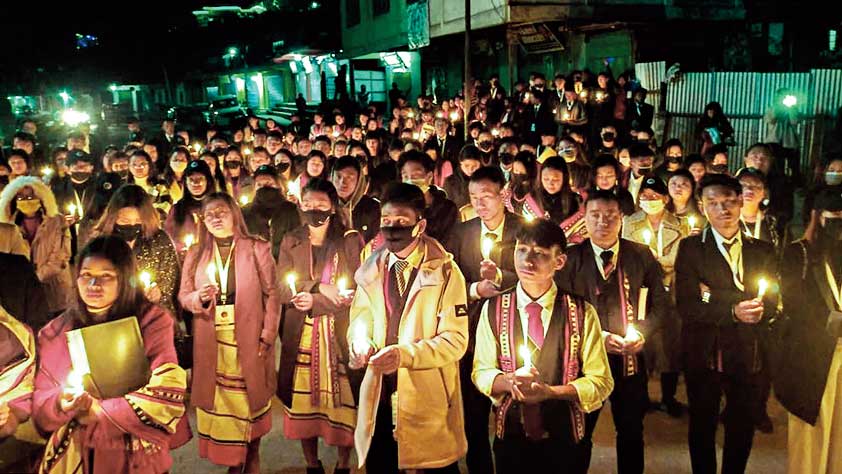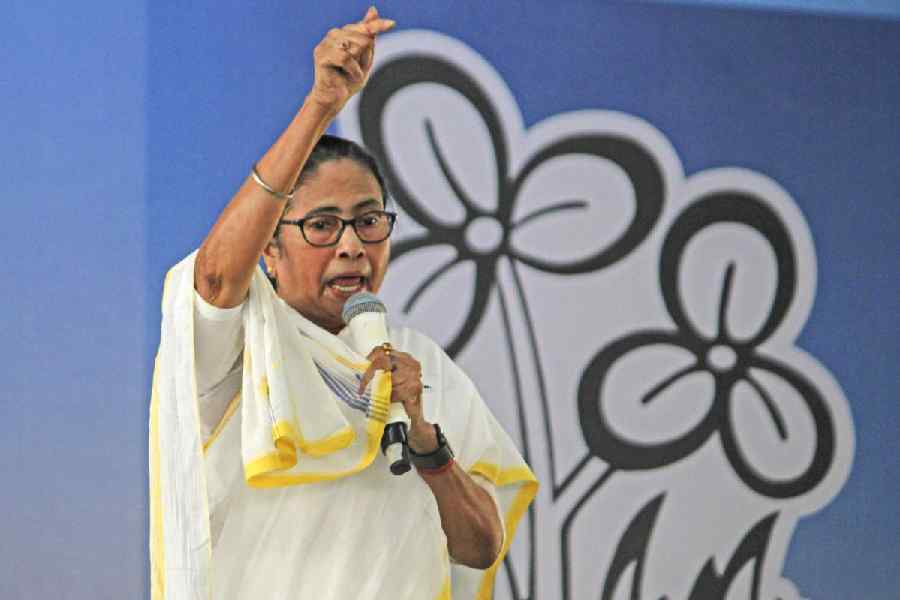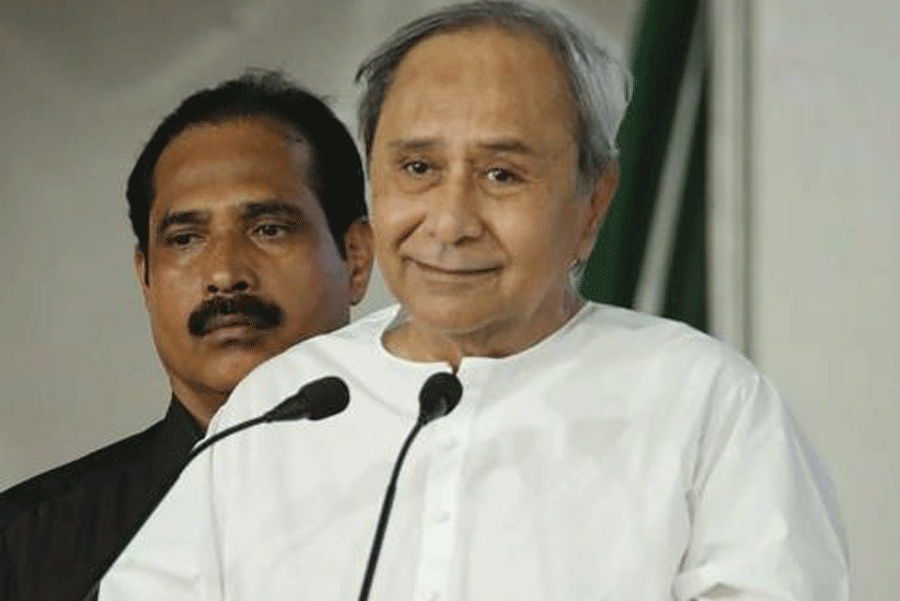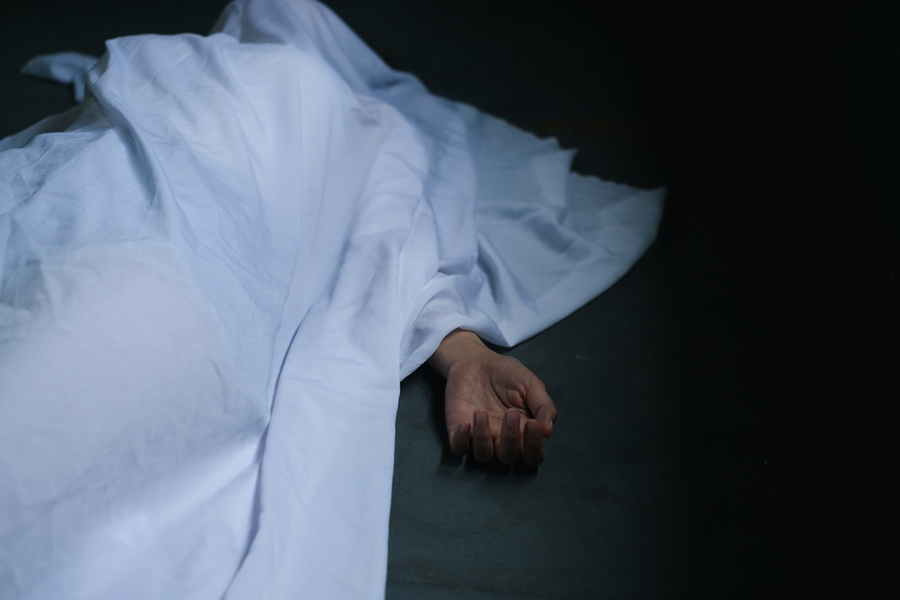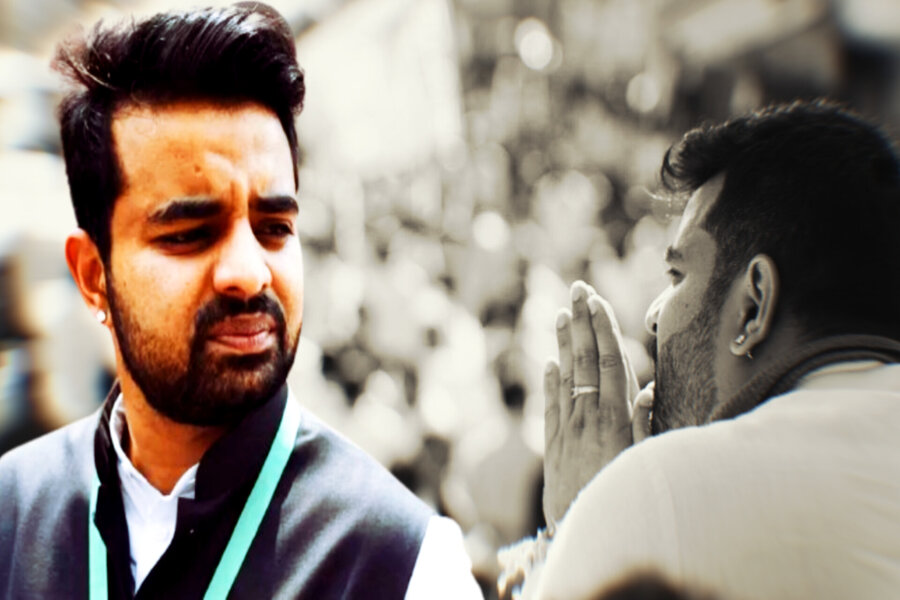“Our people are seized with fear!” Half a century later, I can still hear that husky voice and see the Reverend Longri Ao wrapped in a most unclerical black and red Naga tribal shawl raising bony hands to the heavens and describing the causes of terror: the army’s harsh ‘village regrouping’ programme, the horrors perpetrated under the Armed Forces (Special Powers) Act, which was originally a British-Indian wartime ordinance to suppress the freedom movement, and people being branded terrorists under the Unlawful Activities (Prevention) Act that violates many norms of civilized governance.
It should surprise no one if the fear of which the Baptist pastor spoke of rides again in the wake of the December 4 Mon massacre of 14 civilians. Revisiting Nagaland in the 1960s, Sir Charles Pawsey, a former colonial administrator, said that military atrocities — an underground memorandum listed 147 after a ceasefire agreement was abrogated — “will never be forgotten or forgiven” by any Naga. An army general dismissed Longri Ao as “an old windbag” who obstructed the military in imposing peace by crushing the rebels. He helped to shape the 1975 Shillong Accord whereby the Naga underground agreed to accept India’s Constitution, surrender its weapons and renounce secession. When foreign missionaries were banned, his outreach campaign triumphantly demonstrated that Christianity does not need foreigners. Nagaland honoured Longri Ao with the “Man of Peace” title. True, no army can fight with one hand tied behind its back. Law and order must be upheld. Allowance must also be made for human error — and this tragedy may have been a mistake. But it is even more true that society — and the army itself — must be protected from reckless abuses that licensed-to-kill measures like AFSPA and UAPA encourage by creating loopholes to avoid accountability.
The challenge isn’t exclusively Naga or even northeastern. It is a reminder that without discipline even a little power can go to the head of ordinary folk like jawans who are usually at the bottom of a grotesquely unequal society. It also reflects an inability to be reconciled to a common citizenship with people who look or sound different. The Muslim who finds it difficult to rent a flat even in Calcutta, Bihari workers who suffered Raj Thackeray’s ire in Bombay, or Bengalis who were driven out of Assam are victims of parochial prejudice rooted in ignorance and flaunted by rulers who reduce the cultural synthesis of centuries to “Barah sau saal ki gulami”. That tunnel vision, rejecting much of the world’s wisdom, makes enemies of even neighbours and partly explains the flight from Bangalore of more than 30,000 panic-stricken people from the Northeast. The irony was that some otherwise sophisticated commentators could not understand why the city’s police chief, Lalrokhuma Pachuau, did not at once take up the cudgels on behalf of the fleeing hordes. After all, he was a Mizo, ran the argument. No one, meaning no ‘Indian’, could tell him from a Meghalaya Khasi or a Meitei from Manipur.
Mizoram, Manipur, Meghalaya, they are all the same to the proud sons of Aryavarta. According to an Indian Council of Social Science Research study, 78 per cent of those who were interviewed believed that physical appearance is the most important reason for discrimination. “Northeast India seamlessly fits [an] Indian’s imagination of a Chinese person,” the study observed. No wonder a smart Delhi college bracketed all its northeastern students as “Chinks”. Appearance counts. I was once visiting a Karnataka official in his office in Bangalore’s Vidhana Soudha when a young man with distinctly Mongolian features was shown in. My host at once began talking of all that the state government was doing for the Tibetan settlement in Bylakuppe near Mysore. The young man listened in silence until the officer paused for breath when he meekly interjected that he was a medical student from Kohima come to inquire about some promised facility. Other stories tell of an Assamese bearer being dubbed “Kancha” which changed his nationality and reduced his age (Kancha being a Nepalese youth) apart from being somewhat paternalistic. But why bother with students and servants when Hokishe Sema, Nagaland’s third chief minister, was asked for his passport at Bombay’s best hotel whose receptionist assumed he was Tibetan?
Ancient biases surface even more in times of crisis. The ICSSR study reportedly claimed that northeasterners “faced an increased number of acts of hate and prejudice” during the Covid-19 pandemic and after the March 2020 lockdown. Actually, the Delhi police had introduced a toll-free number for complaints two years earlier. But what can victims say? Strangers stare at them on the bus? They are referred to in offensive terms? Landlords either turn them away or insist that they promise to turn in early at night and not throw parties or entertain guests of the opposite sex? Surprisingly, bigger cities are the most bigoted with Mumbai the worst offender. Chennai, Pune, Delhi, Hyderabad and Bangalore follow. Calcutta doesn’t seem to feature in this list. But prejudice is much too deep-rooted to be solved by the casual supervision of policemen who are not themselves above sectarian inhibitions.
The Mon massacre may not have a direct bearing on the desultory peace process that has dragged on for so long that few remember when it started or what it promises. But Nagaland’s Bharatiya Janata Party chief, Temjen Imna Along, expects a setback. The killings will further poison the atmosphere and, unless immediately and convincingly attended to, confirm for ordinary Nagas that they can expect no justice at the hands of the Indian State. “First came the British and we served them loyally” declared the gaonbura (headman) of a ‘loyal’ village I once visited with a district official. “Then came the Indians and we served them loyally too but the Indians are not honest.” Resentment fed on something as trivial as inadequate supplies of corrugated iron sheets for housing. But it ran up to demolitions, kidnapping, rape and murder. Even P. Shilu Ao, Nagaland’s first chief minister, who did much to make a constitutional solution possible, was known to storm and rage against high-handedness.
The Mon massacre joins a list of bloody provocations that poison the atmosphere. When a tyre burst in a 63-vehicle Rashtriya Rifles convoy on the road to Dimapur in 1995, trigger-happy soldiers at once began shooting, killing seven people and injuring 20. Ten civilians waiting at the Malom bus stop near Imphal were gunned down five years later. Five days after 32-year-old Thangjam Manorama’s mutilated bullet-ridden body was found three kilometres from her home in 2004, 30 middle-aged Manipuri women walked naked to the Assam Rifles headquarters, shouting: “Indian Army, rape us too... We are all Manorama’s mothers!” Official brutality will continue to invite retaliation like the November ambush when hostiles killed four Assam Rifles soldiers, their commanding officer and, cruelly, his wife and little son. One more bloody link now reinforces this painful cycle of murder and revenge.
Of course, the Naga underground no longer presents the serious security threat it did when China and East Pakistan actively sponsored it. But even the state BJP chief denounces the massacre as a “war crime” and “genocide”. Along’s lament that the AFSPA allows the army to “take the lives of our people” reinforces the case for abolishing both AFSPA and UAPA to lend credence to India’s claim to be the world’s largest democracy and proud participant in American-organized ‘Democracy Summits’. However unsympathetic the present Indian establishment might be to Longri Ao’s achievement in making Nagaland “the only predominantly Baptist state in the world”, it might also soothe grieving Nagas if the Mon dead receive the same honours rightly shown to the 13 helicopter crash victims in Coonoor.

